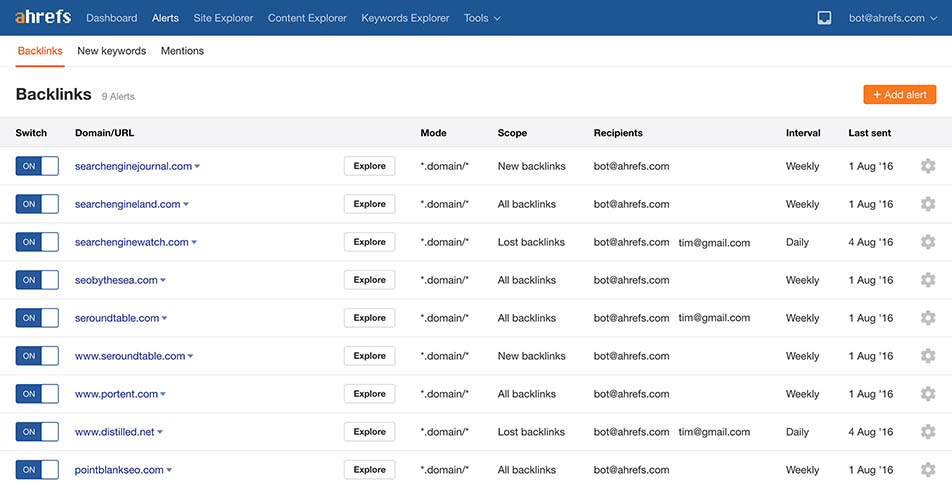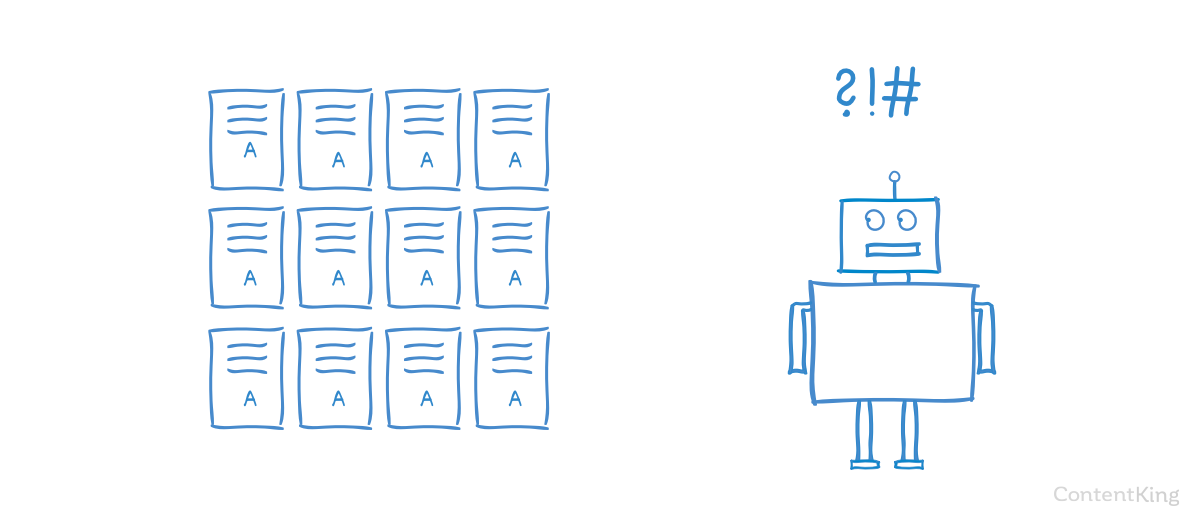Ranking highly in Google for competitive keywords is not as straightforward as it used to be thanks to black hat strategies. The production of quality content is one of the most crucial ranking factors out there, but – there’s always going to be some who seek to cut corners by manipulating the game. The rise of “negative SEO” threatens to undo all the hard work done by everyone trying to play by Google’s rules.
What is negative SEO?
Negative SEO is the practice of damaging someone else’s rankings in search engine results. These kinds of attacks can occur in a variety of ways. Enemies can perform website hacks, build bad links to your site which pull down your rankings, duplicate your content on a large scale, or try to rank your site for unsavoury phrases.
Is this threat a big deal? Absolutely! If you’ve worked hard to earn your spot in a competitive market, the last thing you want is for your rivals to drag your progress down by playing dirty. In this article, we’re going over some of the most common negative SEO threats out there and the measures you can take to prevent them.
Here are the first steps you should take to protect your site:
1. Set up email alerts from Google Webmaster Tools
If you haven’t done this already, get it sorted. Webmaster Tools has the power to detect a wide variety of suspicious behaviour surrounding your website and will let you know when something’s up. You can set up alerts for:
👊🏼 When anyone tries to attack your website with malware
👊🏼 Your site suffers from server connection errors
👊🏼 Whenever Google issues you a penalty
2. Monitor your backlinks profile
This is a big one! One of the easiest ways for spammers to attack your site is to drum up hoards of really low-quality backlinks that point to your pages. When they do this, Google will see your website as a rule breaker and will likely issue you a batch of harsh penalties. The best way to prevent this is by keeping a very sharp eye on your backlink profile with an SEO audit so that you can identify when low authority sites start linking to you in great numbers. Alongside you should be building high-quality backlinks. Through guest posting, link inserts, exchanges etc.
Use sites like Ahrefs or MonitorBacklinks.com to scan your link profile constantly for new developments and set up alerts for new activity.

3. Protect your high-quality backlinks
If you’ve worked tirelessly to build some great backlinks from some of your markets best authorities, you’re going to need to protect them thoroughly. One of the most common ways people can try to harm these links is by contacting the authority site pretending to be you and requesting the link be taken down.
The best way to counter this is to ensure that you only ever contact influencers from a domain email address that has your name in it, for example, “[email protected]”. Avoid using personal accounts from Gmail or any other email providers as attackers can make new accounts and claim to be you.
4. Add security from Malware and Hackers
Cybersecurity is a growing industry because more and more hackers are finding new ways to take advantage of vulnerable digital assets. Imagine someone entering your CMS and creating loads of spam across your pages without you knowing. Those changes could go unnoticed for months while they chip away harmfully at your SEO progress. Here are some of the best ways to secure your site from hacking:
🔒 Using WordPress? Then think about getting the Google Authenticator Plugin. This will let you create a 2-step verification password that involves sending a code to your smartphone.
🔒 Backup your files and database regularly.
🔒 If you let users upload files, you’ll need to contact your host and ask about the security programs that they’ll allow you to install.
5. Watch out for duplicate content
One of the fastest ways to be penalised by Google is to publish huge volumes of duplicate content online. You probably already know how damaging copied content can be, but attackers will use this rule against you. They’ll copy content from your pages and find places to place it word-for-word across the web. If this happens, it won’t be long before Google sends a rank bomb your way.
So how do you guard against duplicate content? Copyscape is one of the most advanced tools on the web for checking duplication. It even checks a huge library of offline publications as well as every word that gets posted online. You’ll need to pay every time you use this tool to run a search, but thanks to it’s recently updated pricing model, Copyscape is now remarkably affordable to use.
Shove any piece of text you want in its text field and Copyscape will let you know if there’s anywhere else on the internet containing matching or similar content.

6. Keep an eye on social media
Social media is a common weapon of choice for people that want to do harm to your online presence. Spammers are known to create fake accounts under your brand’s name so that they pretend to be associated with you. If you let them gain any sort of following, they could wreak havoc on your reputation by stating all kinds of harmful things.
You can use Mention.com to monitor chatter across all major social media platforms. As soon as your website or brand is mentioned in a post or comment, you’ll be alerted and shown exactly where.
7. Avoid upsetting anyone
In the vast majority of cases, anyone attacking you will be doing it for business reasons and will have their own progress to gain from knocking you down a peg. But in some cases, you may have just stepped on the wrong toes. A lot of people get into spamming for fun or to seek revenge. Do yourself a huge solid and avoid getting into bitter feuds with rivals, arguing with clients or escalating disputes with customers.
Give the wrong people an excuse to hold a grudge and your rankings could pay the price. Use the monitoring tools mentioned above to check mentions of your brand across the web and be quick in responding to both compliments and concerns.
These are the best ways to avoid becoming the victim of negative SEO right now. Protect your website and your online presence by following the tips above to ensure your SEO progress goes undisturbed. Avoid those online bullies!